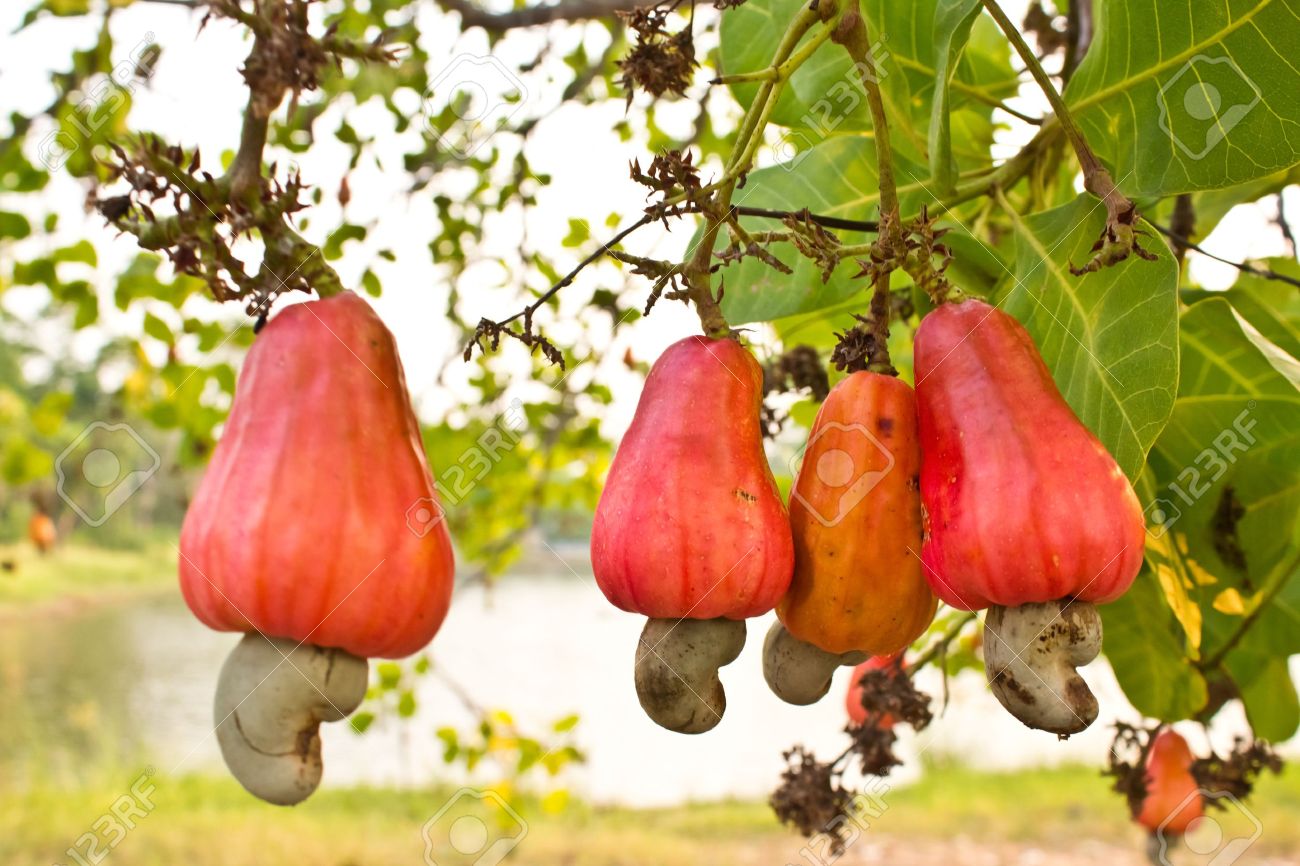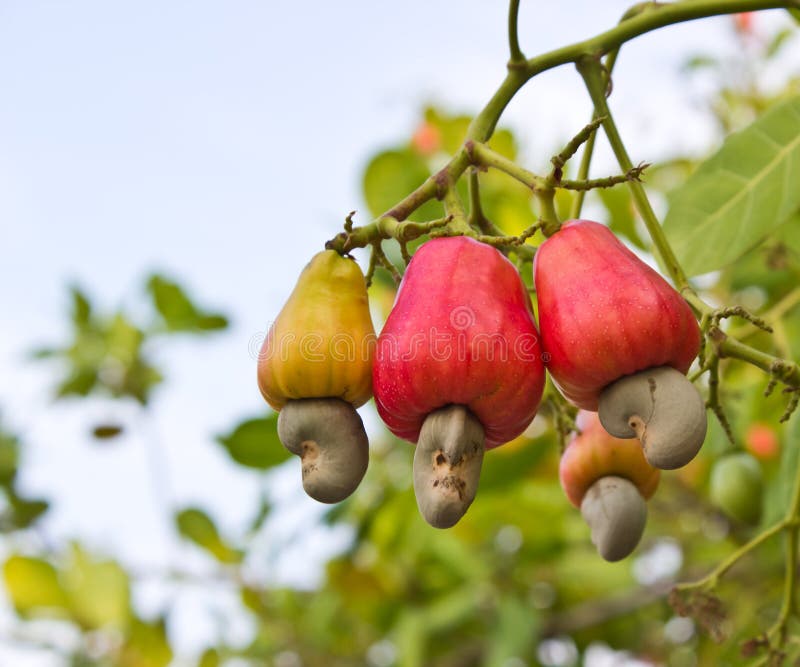

Thoroughly plough the soil, eliminating any branches or roots that are there.

The following procedures should be followed in order to build a cashew nut orchard: The optimal period to plant in the coastal lowlands is between April and June. The optimal time to plant will be determined by the amount of accessible soil moisture. Cashew Production in Ghana: Procedure Planting In addition to being intolerant of salinity, cashew nuts do not thrive in lowlands, flood plains, or swampy places with inadequate drainage. When growing this crop, the pH range is between 4.5 and 6.5, with 3.8 being the minimum acceptable value. Cashew nuts may be classified as a plant that prefers sandy soil. It is not recommended to grow cashew nuts in heavy clay (particularly black cracking clay), compacted and hard surface soils, hardpans, or soils with concretions inside the rooting zone. The cashew nut prefers deep (> 2 m) well-drained soil with a light texture and good drainage. A lot of fungal infections can grow in the cashew nut plant when there is too much humidity. In order to get ideal yields, a period of at least 4 to 5 months of dry weather following the rains is necessary. In order for the cashew nut plant to blossom, it must have dry weather. The amount of rain that falls should range between 500 mm and 1200 mm each year. These manufacturers may also sell their products in international markets, such as Japan, China, and the United Arab Emirates, where they can earn better prices. Another group of emergent developing countries, such as Ghana and Burkina Faso, has begun processing their own cashew nuts and marketing them to a diverse variety of customers, including the French. Most African countries presently sell their crops to India, Vietnam, and Cambodia, with the exception of South Africa. One of the most significant obstacles to the availability of cashew nuts in Africa is a scarcity of processing capacity. This crop has been growing throughout Africa for more than 500 years, either naturally or via the efforts of smallholder farmers. The cashew nut was brought to Mozambique by the Portuguese, where it prospered, establishing huge forests that subsequently spread to the West African area. The crop is believed to have originated in the northern section of South America.

The cashew nut is officially recognized as Anacardium occidentale in scientific circles.


 0 kommentar(er)
0 kommentar(er)
